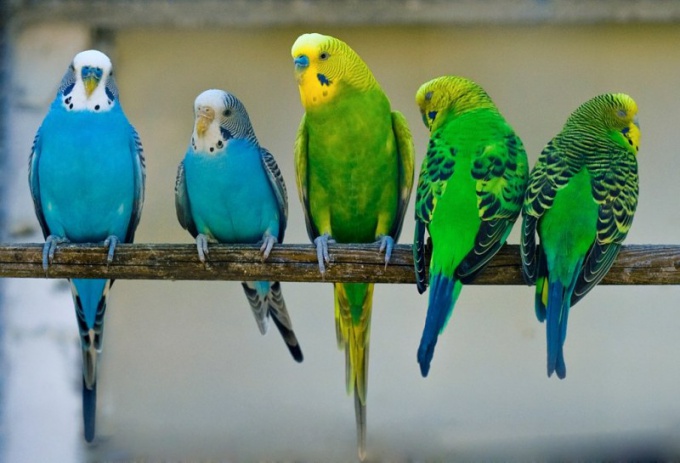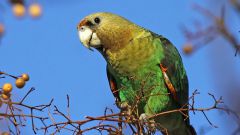Features of the beak
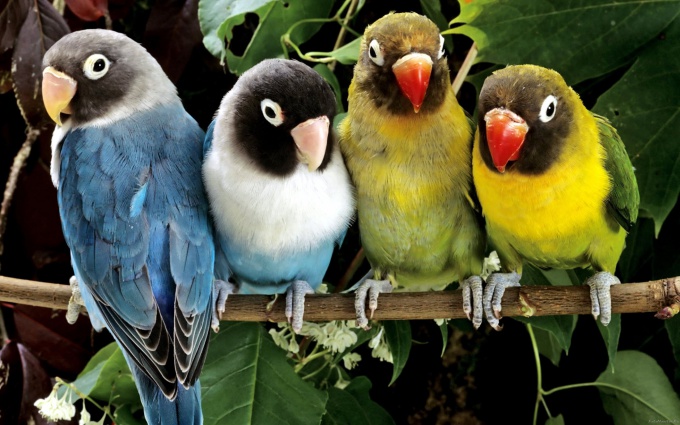
All the parts of the beak consists of bone tissue. Parrots have a tendon ligament between the skull and the bones of the beak that allows them to move separately the maxilla. Depending on the species of parrots, their method of supply, adaptation to the environment, they may have differences in appearance of beak.
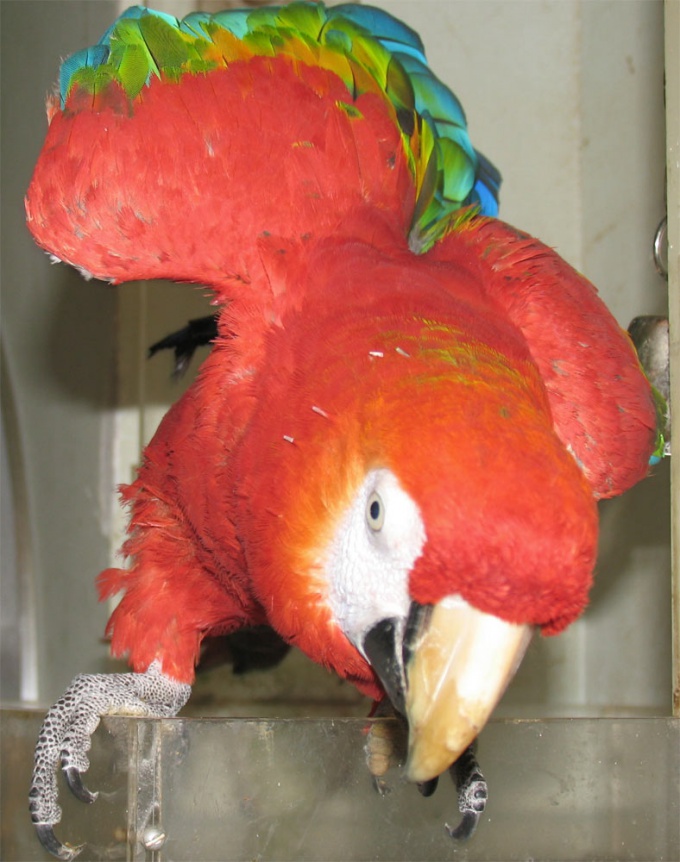
The Horny sheath of the beak is constantly growing and shifting to the edge, thereby all the cracks and damage are gradually disappearing. The stratum corneum is fully updated for six months. With receptors located on the end of the beak, parrots recognize heat, cold, touch and feel the shapes of objects.
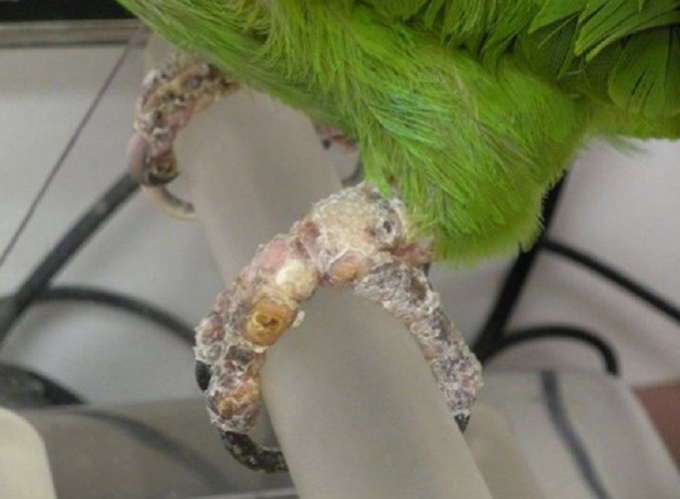
To parrot monitor the cleanliness of the beak, it needs a special surface, on which it will clear the beak from the leftover food and wash the excess keratin.
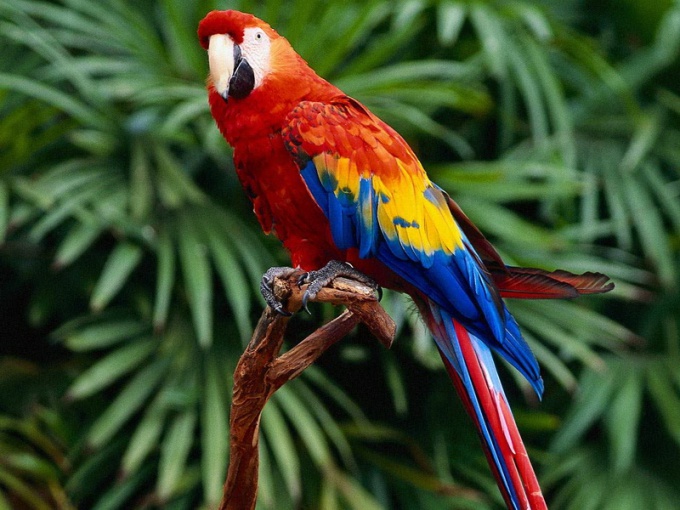
Possible problems with the bill and their solutions
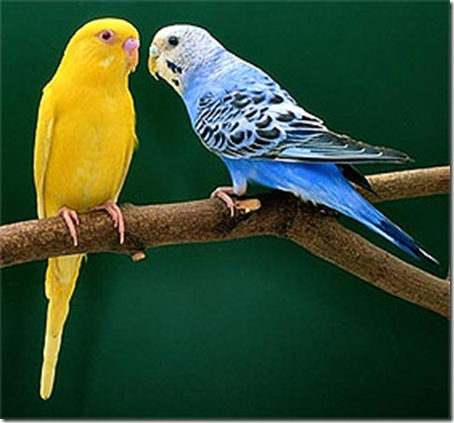
The beak of parrots can grow, it is necessary to check whether it is brittle or fragile. If the result is positive, and there are growths, it means that the cause is mites, the disease is called knemidokoptes. Curing it is easy, just do a complete disinfection of the cage and to use means for treatment of the affected bill. Perfect for that aversektinovaâ ointment or mineral oil, we offer all veterinary pharmacies.
In the absence of growths possible diseases of the liver (poisoning, tumor, or infection). To be included in the diet of parrot vitamins: vitamin A and C, Biotin, folic and Pantothenic acid, minerals and calcium. These minerals prevent the softening and, consequently, changes in the structure of the beak in poultry.
It is necessary to provide the parrot a special fixture for grinding the beak. They can be mineral stones, special perches, Sepia, twigs of trees or shrubs, it is necessary to trace whether their bird. The positive impact will Supplement the diet of a parrot solid grain and the exclusion of fatty foods leading to liver disease and problems with metabolism.
Overgrowth of the beak may be a result of the impact of birds on them glass or hormonal disruptions. In such cases, the beak will need to gently cut, otherwise it will reach such proportions that the parrot will not be able to feed themselves.
The process of pruning should be performed very carefully so as not to cut more than necessary. As a rule, it must be done by specialist to avoid bleeding and did not appear painful wound the bird.
Defects of the beak can be congenital, due to poor incubation of the eggs, or acquired in altricial age. During the manual feeding of Chicks can be easy to damage the beak because they have soft and is in its formative stages.
Such defects can be corrected Chicks. In adult birds, it is possible by surgery by an experienced vet.
